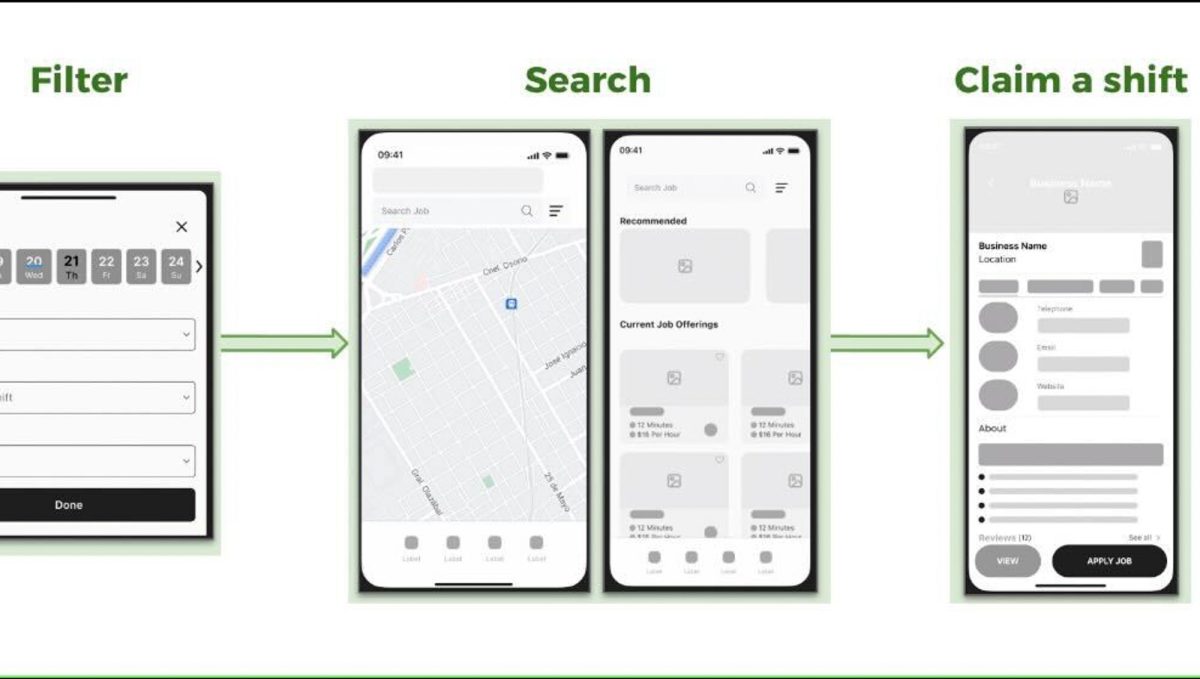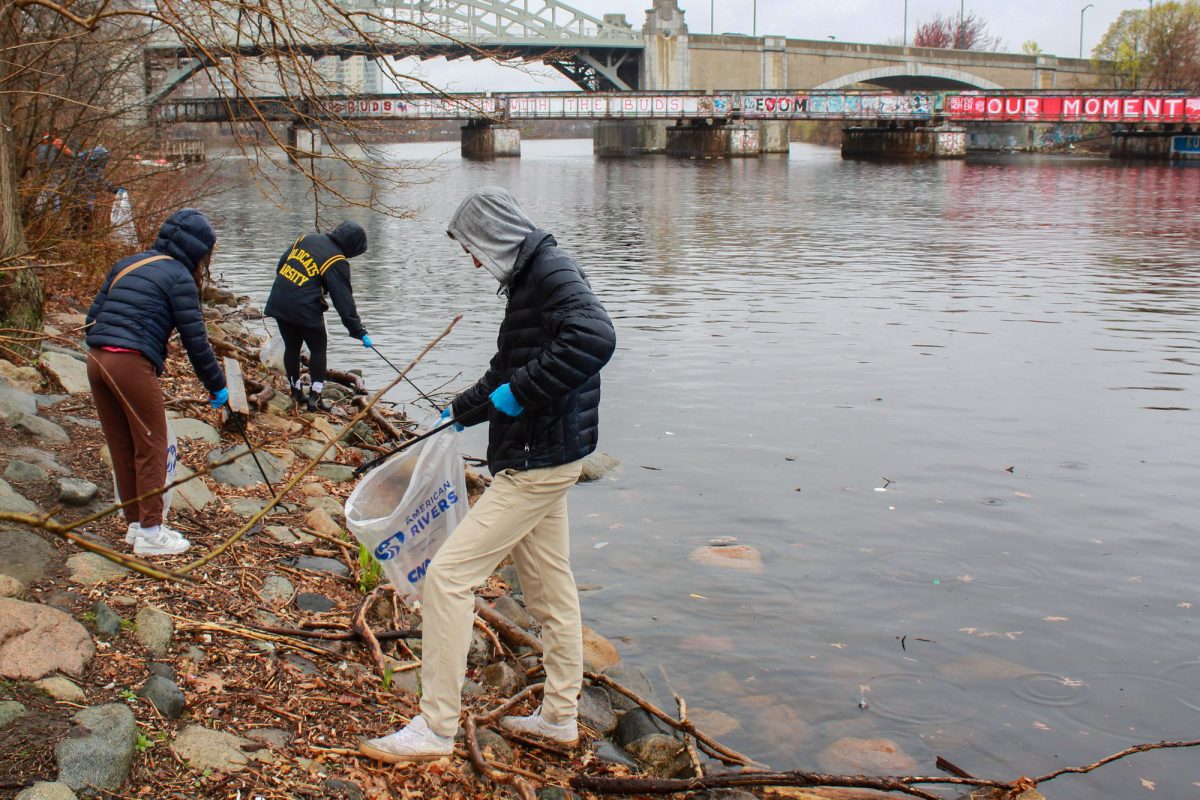English zoologist and author Desmond Morris once said, “The city is not a concrete jungle. It is a human zoo.” In Boston, this metaphor certainly holds true thanks to the city’s less-than-savory drivers, messes of traffic around every corner and population of more than 645,900, according to a 2013 U.S. Census Bureau estimate.
Urban living is a lifestyle that several Boston University researchers are teaming up to navigate, using a program known as “Smart City.”
Smart-city Cloud-based Open Platform and Eco-system, or SCOPE, is a project at BU’s Rafik B. Hariri Institute for Computing and Computational Science & Engineering that aims to create exactly what it says in its title: an open platform. The platform is expected to assist city dwellers with urban navigation while also providing a centralized domain for accessing information on anything from energy to social services.
“We are one of the first groups in the country to try this [Smart City design], in part thanks to a good relationship with the city of Boston and the fact that the city of Boston would like to be a Smart City,” said Dr. Christos Cassandras, a member of the SCOPE research team, professor of electrical and computer engineering at BU and the head of the division of systems engineering.

Although the research team proposed their project in May, the National Science Foundation announced on Sept. 23 that they would be funding the expansive project. However, Smart City has been a concept in the works for more than seven years.
An estimated 70 percent of the world population will inhabit cities within the next 20 to 30 years, Cassandras said, and this increasing migration remains the key motivation for transforming Boston into a Smart City.
“So that’s good and bad, of course, but it’s a reality, ” he said. “In a nutshell, it is an effort to turn cities into environments in which we take advantage of all the technology that we have in order to make our lives more pleasant, easier, convenient and healthy.”
In order to reach this goal, BU researchers plan on engineering and prototyping several small projects over the next three years. But none of that innovation can start without a central collection of the city’s information. Cassandras and his team are working to develop this foundation through a cloud format.
“There’s a lot of data that the city has…But the data has to go some place,” Cassandras said. “So our idea is that, if we could provide an open cloud, [it would be] an environment in which anybody can put [in] their data.”
This data includes information concerning topics from environmental emissions to the locations of potholes. From this large database, the research team will isolate pertinent information for specific Smart City programs.
But with talk of a public information pool, John Carroll, assistant professor of mass communications at BU and a media analyst for WBUR’s “Here & Now,” said it is important to keep a wary eye.
“I think there are challenges [in] going to the cloud and potential difficulties,” Carroll said. “You’re turning control over to someone else, so that’s a benefit in many ways, but it’s also a challenge in terms of coming to terms with a new geometry in your data.”
However, the open platform remains the basis for Smart City program innovation and Cassandras already has a prototype of his project “Smart Parking” in a parking garage at Warren Towers.
The GPS-inspired Smart Parking system allows commuters to reserve parking spots based on their final destination. By using a red, green and yellow signaling structure, Smart Parking meters indicate reserved and available spots, thus turning a daily frustration into something more manageable.
“We know where the available parking spaces are, and then we use mathematics in order to find where the best parking spot for you specifically is,” Cassandras said.
Other anticipated Smart City programs include greenhouse gas emission monitors, moderated public works scheduling and “smart” traffic lights that are expected to adjust the duration of red and green lights based on traffic flow. Additionally, community report cards will be assigned as an incentive to keep the programs strong throughout the neighborhoods of Boston.
Although engineering sits as a key component of the project, the research team is almost as internally diverse as its projects. The experts come from various BU departments, including computer engineering, earth and environment, strategy and innovation, city planning and urban affairs and the Office of Technology Development, alongside several industrial and public partners.
Beyond this BU faculty, a collective teamwork of partnered industries and the university community is needed to fulfill the project’s goal of putting research into action, said Linda Grosser, administrative director of BU’s Sustainable Neighborhood Lab and associate director for the Center for Information and Systems Engineering, in an email.
“More and more, research projects involve not only academics, but myriad stakeholders from industry and public sector partners – the City of Boston, the Commonwealth, Schneider Electric, IDC [International Data Corporation] and others,” she said. “We are looking at the challenges of the cities from a holistic perspective.”
This human element is key to making Boston a truly Smart City, Cassandras said.
“It’s one thing to talk about the technology, and in many ways, the technology part is the easy part,” he said. “But it’s another thing to join such systems, make them acceptable by the public…You need public policy-makers, economists and political scientists to make it all work.”
Becca DeGregorio contributed to the reporting of this article.





















































































































